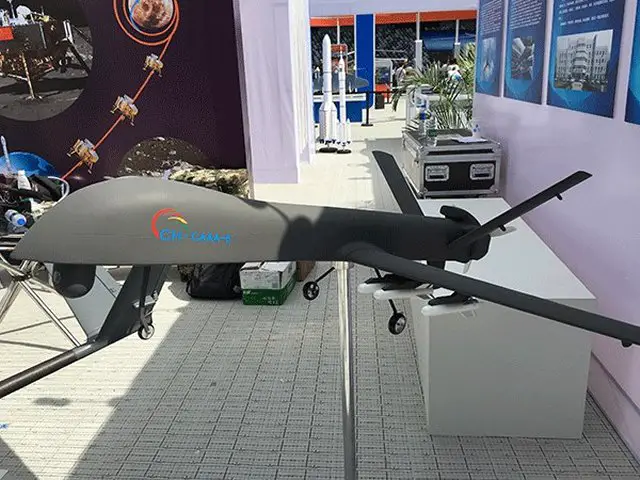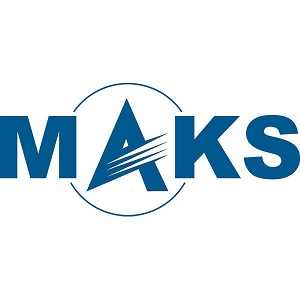| a | |||
|
|
|||
|
World Defense & Security News - China
|
|||
|
|
|||
|
China eyes export market for its CH-5 Rainbow RPA
|
|||
|
China displayed its latest and biggest military unmanned aircraft at an industry expo that closed in Shenzhen, Guangdong province, on Friday Nov. 19, 2015 , in an attempt to attract more buyers for its combat drones. The CH-5 combat/reconnaissance drone, developed by China Academy of Aerospace Aerodynamics under China Aerospace Science and Technology Corp, made its first flight in August, becoming the heaviest and strongest military drone in China.
|
|||
|
|
|||
 CAAA's CH-5 Rainbow armed RPA displayed at China (Shenzhen) International Unmanned Vehicle Systems Trade Fair CAAA's CH-5 Rainbow armed RPA displayed at China (Shenzhen) International Unmanned Vehicle Systems Trade Fair |
|||
|
|
|||
|
Considering the unspoken rule in China's defense sector that it never publicly shows advanced weapons solely designed for the People's Liberation Army, the public debut of CH-5 at the China (Shenzhen) International Unmanned Vehicle Systems Trade Fair has an unmistakable indication: China is eager to sell it.
"We have sold the CH-3 to several foreign nations and now we plan to launch the export version of the CH-5 to the international market. It can perform air-to-ground strike, reconnaissance and transport operations," said Shi Wen, chief designer of the CH series at China Academy of Aerospace Aerodynamics. Shi did not disclose which countries have introduced the CH series, but earlier reports quoted Vasily Kashin, a senior analyst with the Moscow-based Center for Analysis of Strategies and Technologies, as saying Egypt, Saudi Arabia and Iraq have deployed drones from the CH family. Iraq seems to be the newest buyer of the CH series drones as it released a video clip in mid-October showing the take-off of a CH-4B military drone at an airbase. Iraqi Defense Minister Khaled al-Obeidi was shown in the video as saying that the drone was to conduct its first combat mission against militants in Anbar province. Designers said CH-5 is made of composite materials and has a wingspan of 20 meters. With a size twice as big as its previously developed counterparts, the drone can stay in the air for as long as about 40 hours and operate at an altitude of up to 10 km. Compared with other military drones that usually have a maximum take-off weight of less than 1,500 kg, the CH-5 is much more powerful-it is able to fly with a weight of 3,000 kg and carry 900 kg of equipment and weapons, according to engineers at China Academy of Aerospace Aerodynamics. "The larger carrying capacity enables the CH-5 to have more reconnaissance equipment so it can detect any given target within a radius of 80 km," said Lan Wenbo, a chief engineer of the aircraft at the academy. Ou Zhongming, head of the unmanned aircraft project at the academy, said the CH-5 is large enough to host an advanced radar that can penetrate thick walls or cave to find out terrorists hiding there. Currently, ground control operators need to transfer such information to drones before launching a strike, he said. |
|||






















